 W
WLieutenant General Sir Edward Barnes, was a British soldier who became governor of Ceylon.
 W
WNicholas Cox (1724–1794) was a military officer in Nova Scotia and later Lt. Governor of de la Gaspesie. During Father Le Loutre's War, Cox was under the command of Col. Peregrine Lascelles and Lt. Col Robert Monckton of the 47th Regiment of Foot. Cox served as commander at Fort Vieux Logis, after the Siege of Grand Pre and later at Fort Edward, participating in the Bay of Fundy Campaign (1755). He became a captain on 2 July 1753 and was the longest serving Captain at Fort Edward. He also was at the Battle of Fort Beausejour and the Siege of Louisbourg (1758).
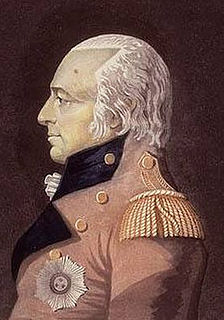 W
WGeneral Sir James Henry Craig KB was a British military officer and colonial administrator.
 W
WLieutenant-General Richard England of Lifford, County Clare was a British Army officer who became Lieutenant-Governor of Plymouth.
 W
WGeneral John Hale (1728–1806) was a British army officer, who is remembered chiefly for his close friendship with General James Wolfe, and for his exceptionally large number of children by his wife Mary Chaloner, a noted beauty who was painted by Joshua Reynolds.
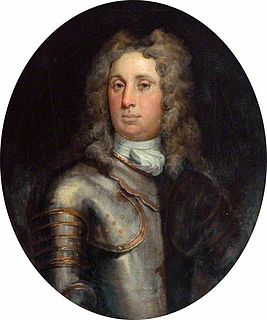 W
WLieutenant-General Peregrine Lascelles (1685–1772), also spelt Lascells, was a British military officer from Yorkshire.
 W
WRobert Monckton was an officer of the British Army and colonial administrator in British North America. He had a distinguished military and political career, being second in command to General James Wolfe at the battle of Quebec and later being named the Governor of the Province of New York. Monckton is also remembered for his role in a number of other important events in the French and Indian War, most notably the capture of Fort Beauséjour in Acadia, and the island of Martinique in the West Indies, as well as for his role in the deportation of the Acadians from British controlled Nova Scotia and also from French-controlled Acadia. The city of Moncton, New Brunswick, and Fort Monckton in Port Elgin, New Brunswick, are named for him. He sat in the British House of Commons between 1774 and 1782. Although never legally married, he raised and was survived by three sons and a daughter.
 W
WGeneral Sir John Mordaunt was a British soldier and Whig politician, the son of Lieutenant-General Harry Mordaunt and Margaret Spencer. He was best known for his command of the Raid on Rochefort which ended in failure and his subsequent court-martial. Cleared on a technicality, he was nonetheless barred from holding further military command.
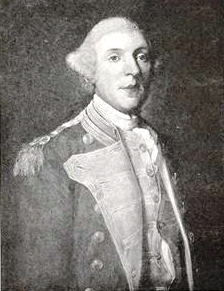 W
WRoger Morris was a colonel in the British Army who fought in the French and Indian War. He was married to Mary Philipse, middle daughter of Frederick Philipse, second Lord of the Philipsburg Manor, and a possible love interest of George Washington. She owned a one-third share of the Philipse Patent, a vast landed estate on the Hudson River which later became Putnam County, New York.
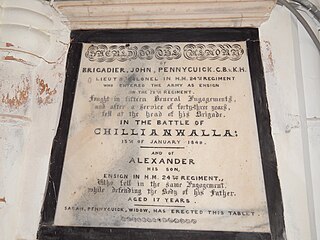 W
WBrigadier John Pennycuick CB, KH was an officer in the British Army who served in Java, Burma, Aden, Afghanistan, Pakistan, and India. He was born in Soilzarie in Perthshire and was killed at the Battle of Chillianwalla in the Second Anglo-Sikh War.
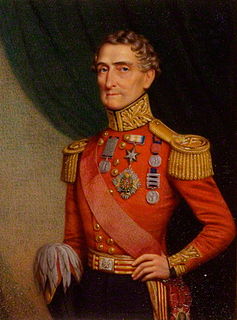 W
WLieutenant-General Sir Henry George Wakelyn Smith, 1st Baronet, was a notable English soldier and military commander in the British Army of the early 19th century. A veteran of the Napoleonic Wars, he is also particularly remembered for his role in the Battle of Aliwal (India) in 1846, and as the husband of Lady Smith.